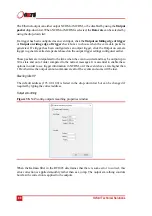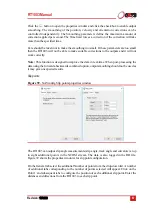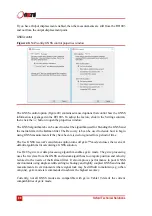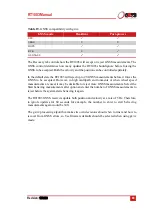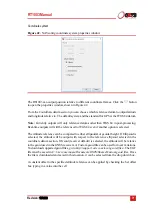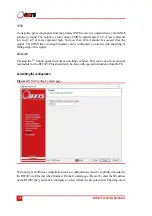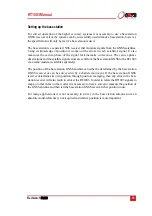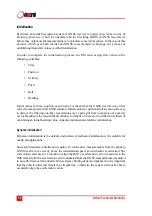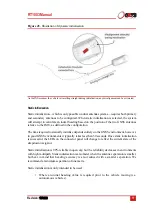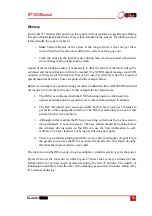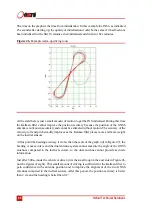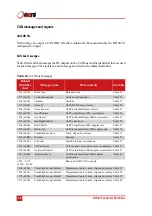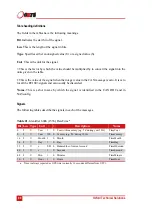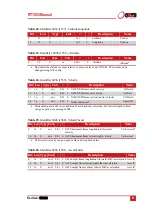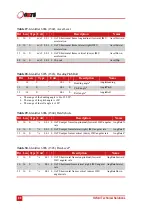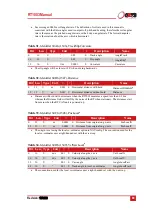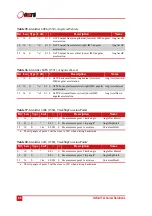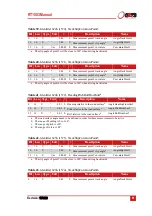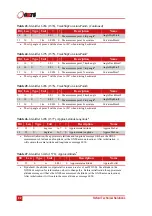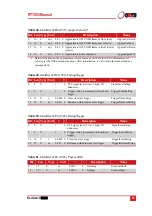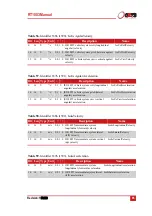
Oxford Technical Solutions
80
The time on the graphs is the time from initialisation. In this example the INS was initialised
25 seconds after starting up; the quality of initialisation would be the same if it had been not
been initialised for the first 10 minutes, then initialised and driven for five minutes.
Figure 46.
Example warm-up driving route
At the start there is just a small amount of motion to get the INS initialised. During this time
the Kalman filter cannot improve the position accuracy because the position of the GNSS
antenna is not known accurately and cannot be estimated without motion. The accuracy of the
velocity, roll and pitch steadily improves as the Kalman filter places more and more weight
on the inertial sensors.
At this point the heading accuracy is worse than the scale of the graph ((d) in Figure 47); the
heading is not accurate and the dual antenna system cannot measure the angle of the GNSS
antennas compared to the inertial sensors, so the dual antenna cannot provide accurate
information.
Just after 500 seconds the vehicle is driven (it is the small loop on the east side in Figure 46,
not the figures of eight). This small amount of driving is sufficient for the Kalman filter to
gain confidence in the antenna position and to improve the alignment of the two GNSS
antennas compared to the inertial sensors. After this period, the position accuracy is better
than 2 cm and the heading is better than 0.2°.
Содержание RT1003
Страница 1: ...Confidently Accurately User Manual RT1003 GNSS aided inertial navigation system ...
Страница 108: ...Confidential Information Oxford Technical Solutions ...
Страница 110: ......

